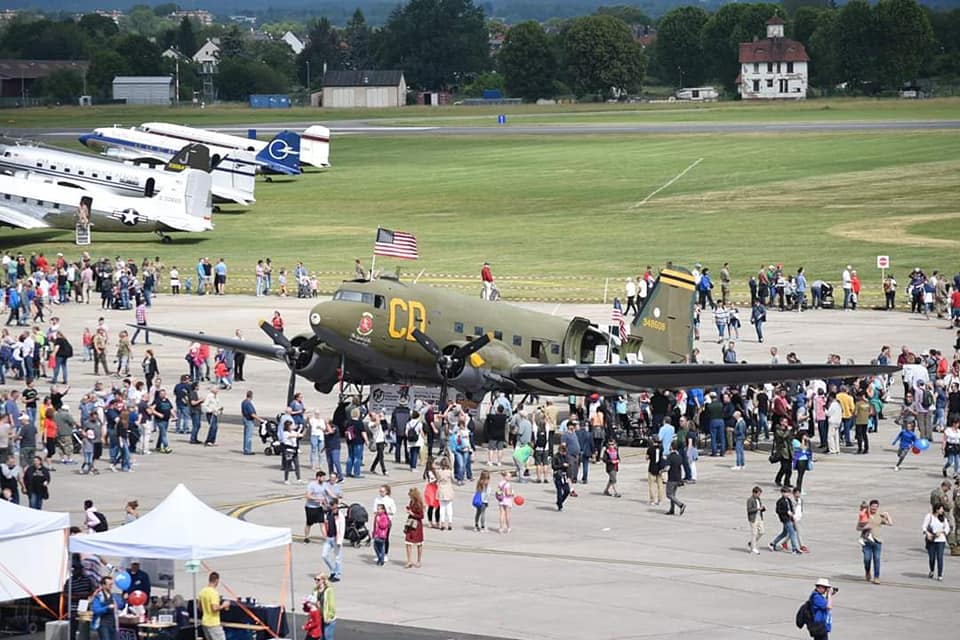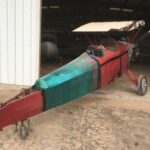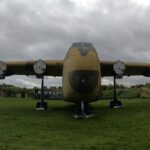U.S. Army Garrison Wiesbaden, together with the German state of Hesse, will host a public commemoration of the 75th anniversary of the end of the Berlin Airlift on June 16th. After the conclusion of the D-Day 80th celebrations in Normandy, France some of the Douglas C-47s and DC-3s from the D-Day Squadron, along with others based in Europe, will continue onwards to Germany to help celebrate the 75th anniversary of the successful conclusion of the Berlin Airlift.
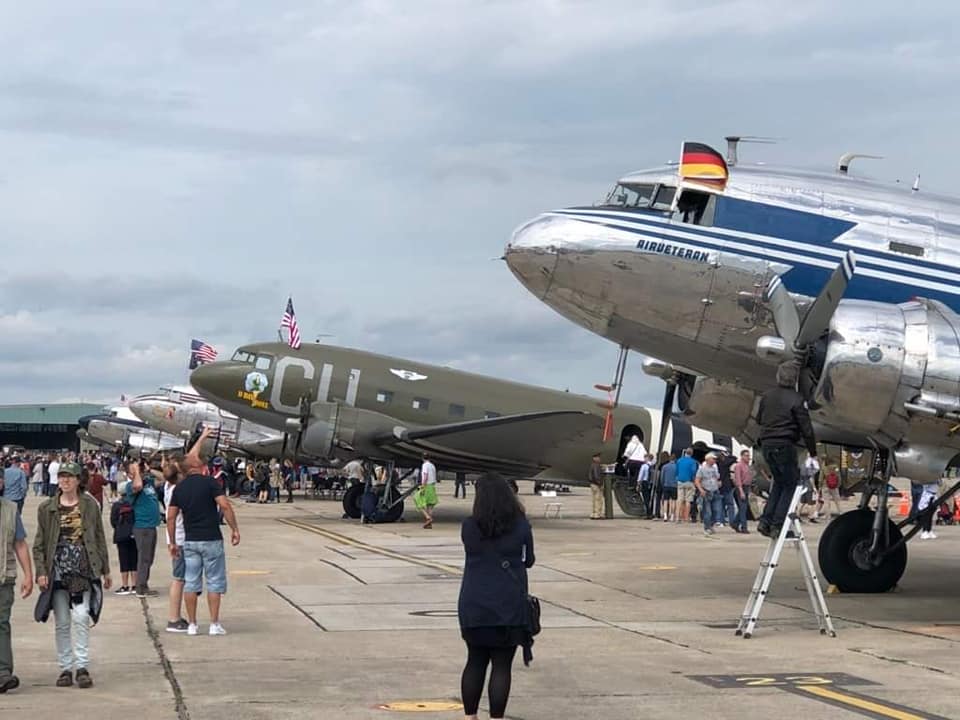
As most readers will know, following Germany’s surrender at the end of WWII the nation’s administration was divided between the four occupying powers: the United Kingdom, the United States, France, and the Soviet Union. This was supposed to be a temporary situation until a new democratic political system could be implemented in Germany, and obviously to also prevent the resurgence of a Nazi-style regime following the Allied victory.
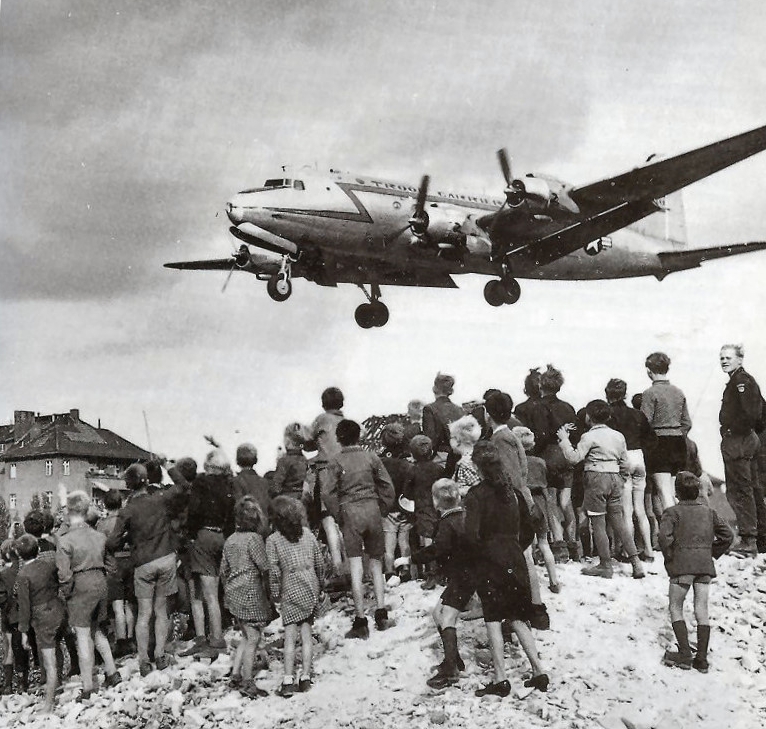
Similarly to the nation itself, Germany’s original capital city, Berlin, was also divided into four sectors with each zone administered by one of the four occupying powers. But Berlin was deep within East Germany, which meant that supplying the Western-aligned sectors required the Soviets to allow supply trains and truck convoys to pass through their zone. Sensing an opportunity to annex West Berlin in the spring of 1948, the Soviets decided to force the other occupying powers from Berlin by simply shutting off the land and water-based supply routes through East Germany… to effectively starve the city into surrender. But to Stalin’s consternation, the Western Powers refused to abandon Berlin, and so the airlift began…a round-the-clock air bridge to West Berlin bringing in desperately needed supplies to the still-bombed-out city. While the Soviets could block the land and water routes to West Berlin relatively easily, it was far harder to do the same in the air without the risk of sparking a new, and far more devastating war.
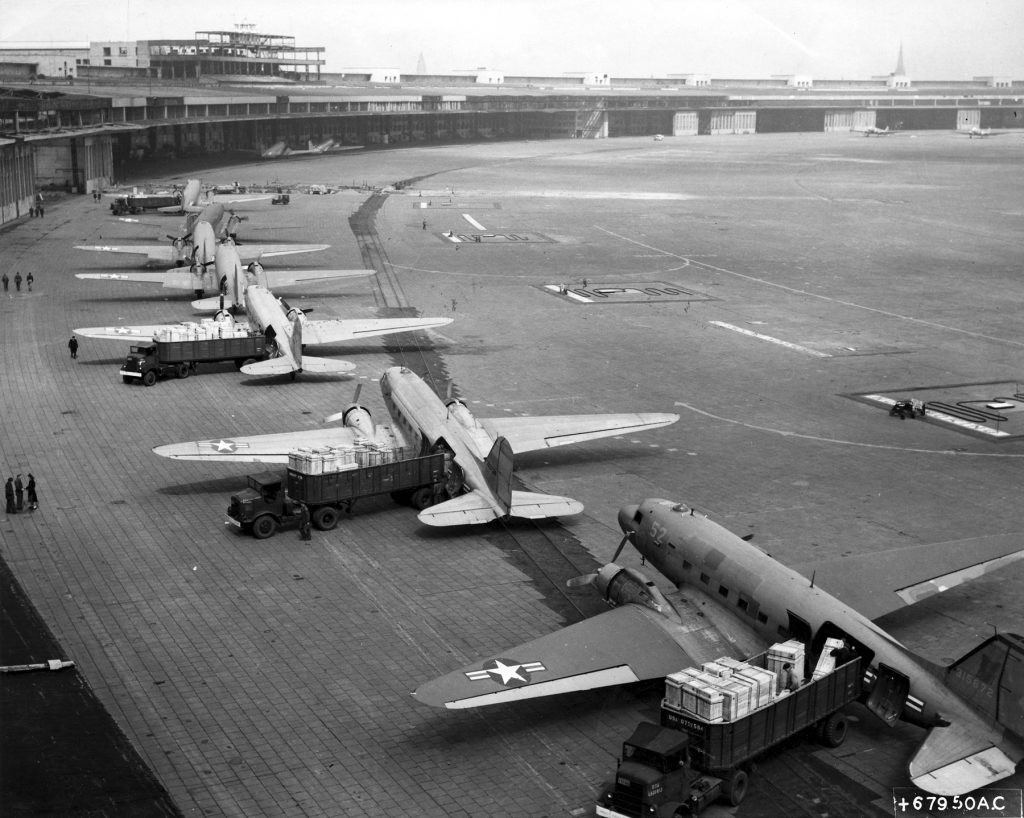
So long as the Western aircraft stuck to very specific routes — and there were dire consequences for any that deviated from them — the cargo planes with their precious loads were allowed through. It was an incredible feat of determination and bravery, which included aircrews from Canada, South Africa, New Zealand, and Australia in addition to the occupying nations, to keep West Berlin from falling into Soviet hands. At its peak, a cargo plane was landing in West Berlin every thirty seconds!
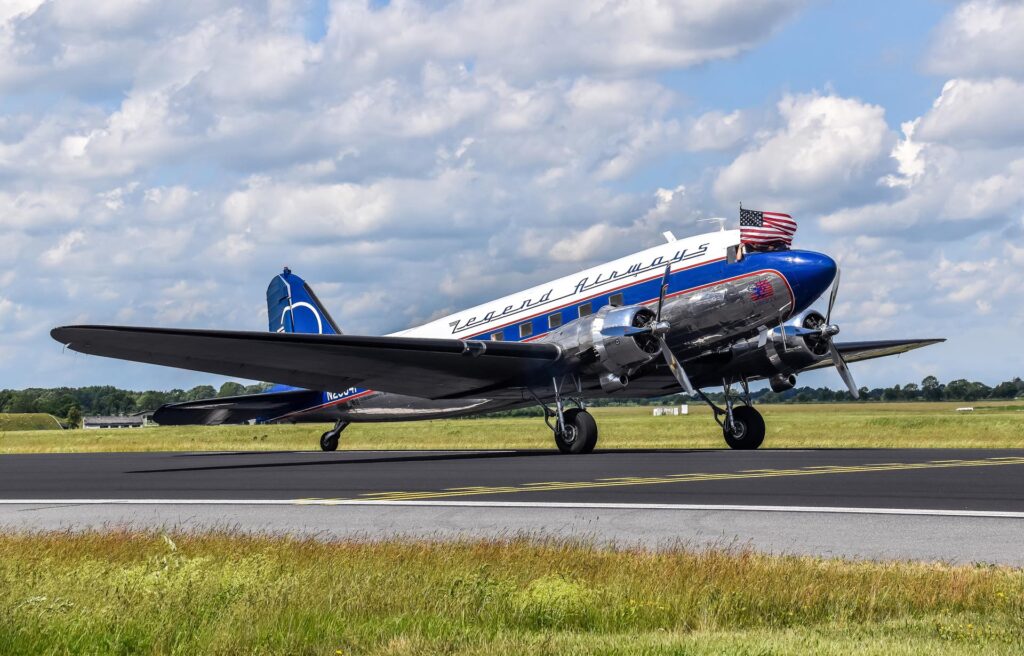
Through sheer bloody-mindedness, the blockade ended roughly a year later when the Soviets relented and reopened the land routes to West Berlin. In terms of financial expenditure, it had been a staggeringly expensive exercise, coming in at roughly US$224 million in the day (roughly US$2 billion in today’s dollars). But the Berlin Airlift also had a steep human cost as well with 101 aircrew losing their lives in the endeavor, which saw 17 US and eight British aircraft crash.
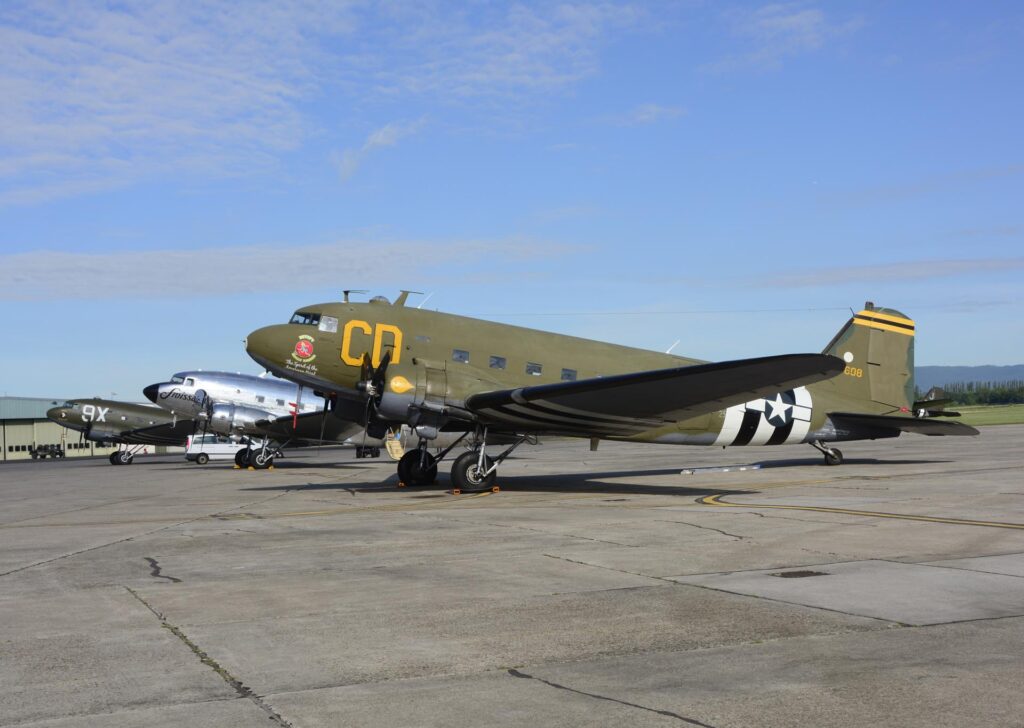
As a result of this brave effort to keep West Berlin safe, the Berlin Airlift is held in enormously high regard in Germany today and celebrated accordingly. Several events will take place in the nation to celebrate the 75th anniversary of its conclusion with a number of Douglas C-47/DC-3s flying into Wiesbaden.
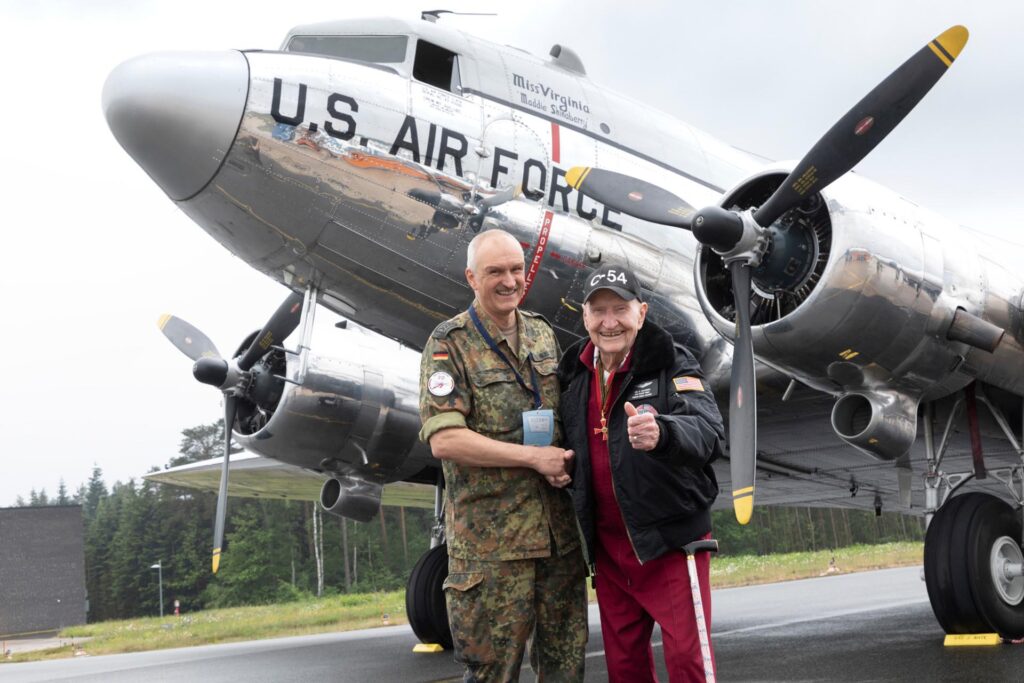
In 2019, one of the veteran pilots of the Berlin Airlift, Gail Halvorsen flew into Wiesbaden aboard the D-Day Squadron’s C-47 Skytrain Placid Lassie. Halverson became famously known as the “Candy Bomber” because he began the practice of dropping sweets on tiny parachutes fashioned from handkerchiefs to the children in West Berlin as his cargo plane approached touchdown in the besieged city back in 1948.
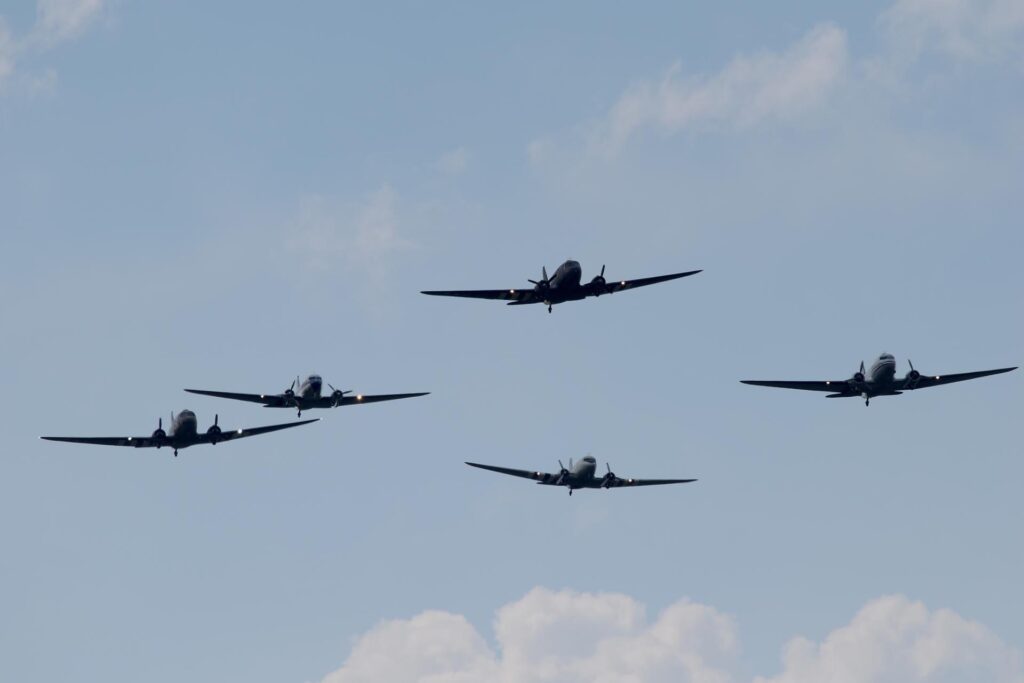
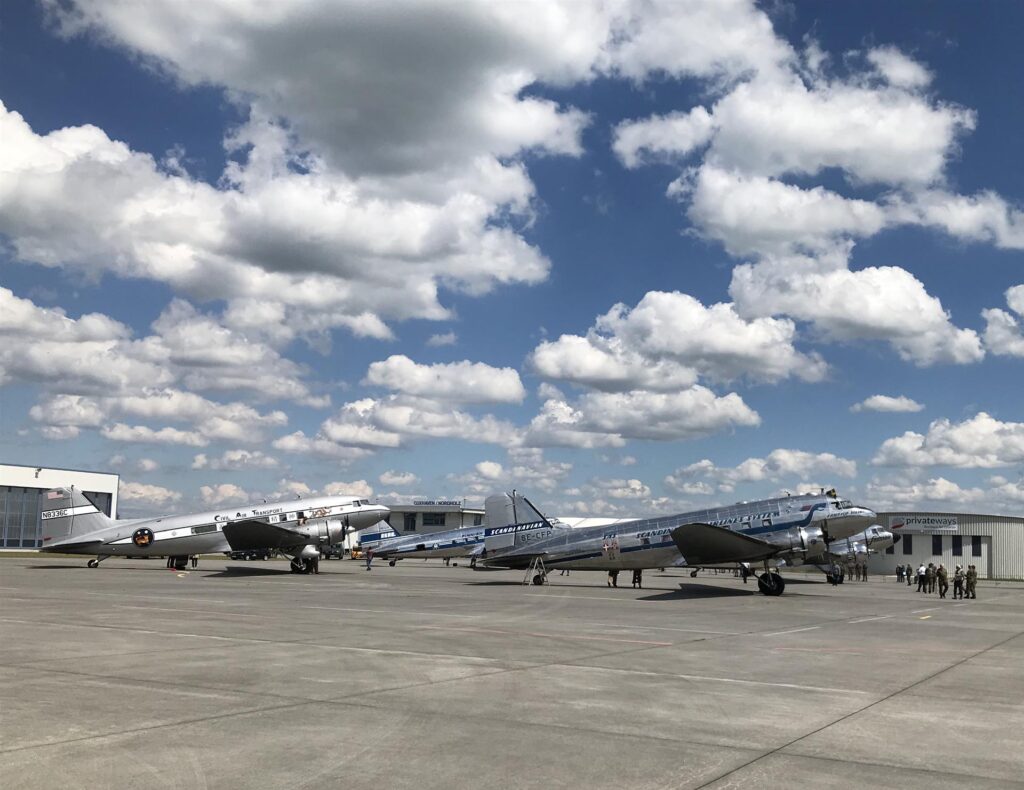
Tickets for the event are not required, however the event does have a cap on how many people can attend the event at one time. If the cap is reached, visitors will be required to queue at the entrance until people exit the event.
On the day of the event, access for visitors is only possible through the main gate of Clay Kaserne. The access road to Clay Kaserne (Luftbrückenstraße) is closed to private motorized traffic. The city of Wiesbaden will set up Park & Ride areas, the entrances to which will be signposted on Autobahn A66 and Autobahn A671 and the federal highway B455. Visitors can only reach the event site by bike, on foot, by taxi, or by shuttle bus. In addition to the regular bus service, ESWE Verkehr offers reinforcements on public bus lines 5, 15, and 28 on weekends.
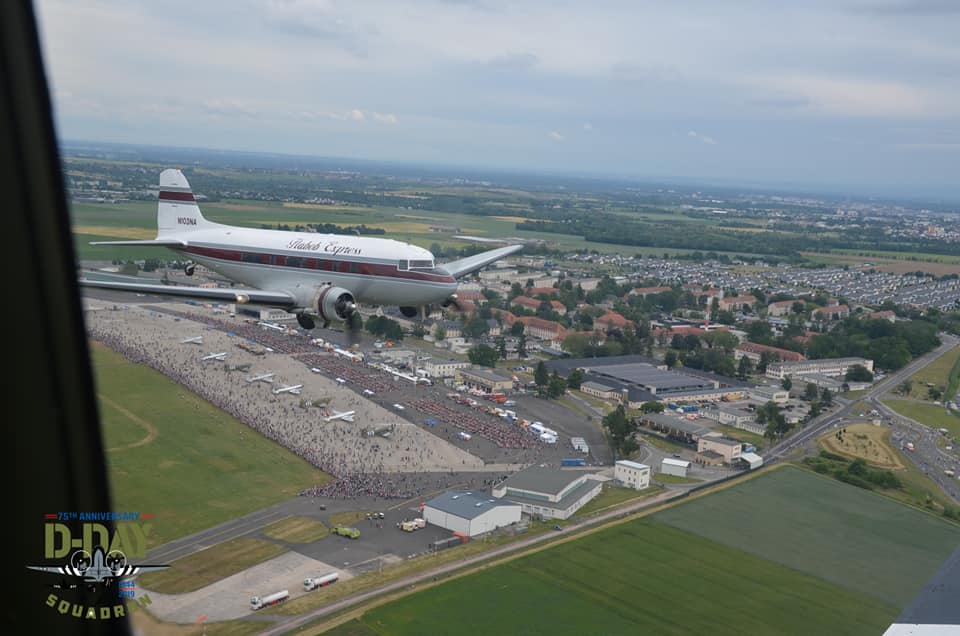
In addition, the following items are prohibited in the event area: glass containers, alcoholic beverages, cannabis, knives, weapons of all kinds, defense sprays, fireworks and explosives, spray cans, laser pointers, tools, large bulky items such as camping chairs, backpacks with frames, coolers, or drones / UAVs. There is a strict smoking ban on the event site.
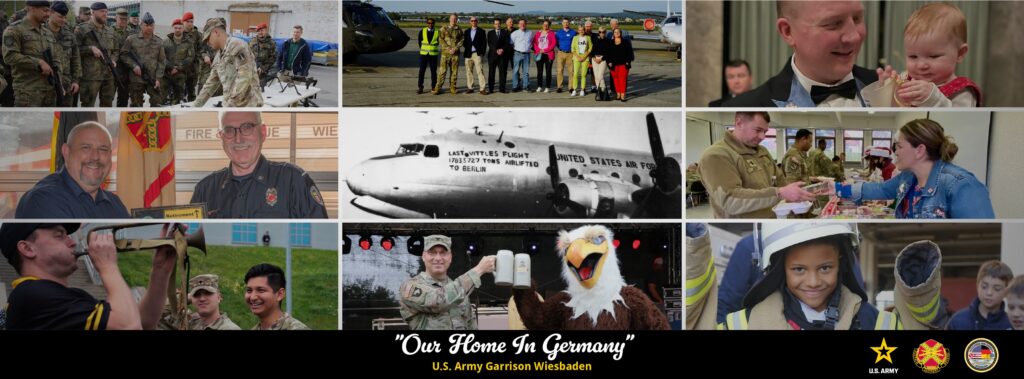
Further information on the event can be found at the U.S. Army Garrison Wiesbaden website and on its Facebook page. Additional details will be released closer to the day of the event on these sites and at www.eswe-verkehr.de and in the city’s news releases.







